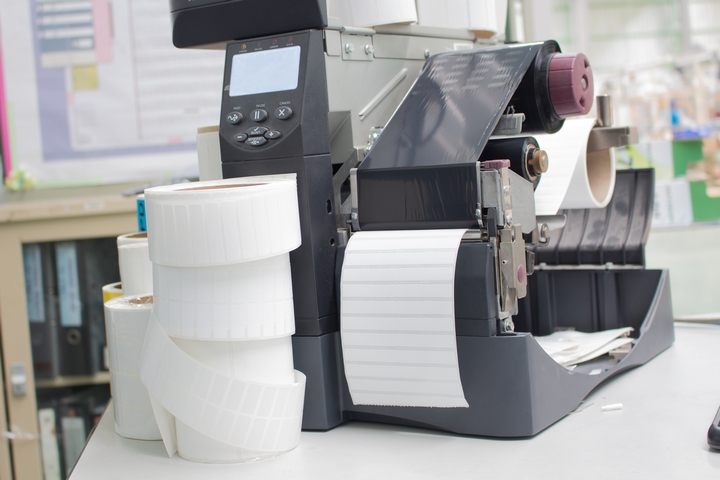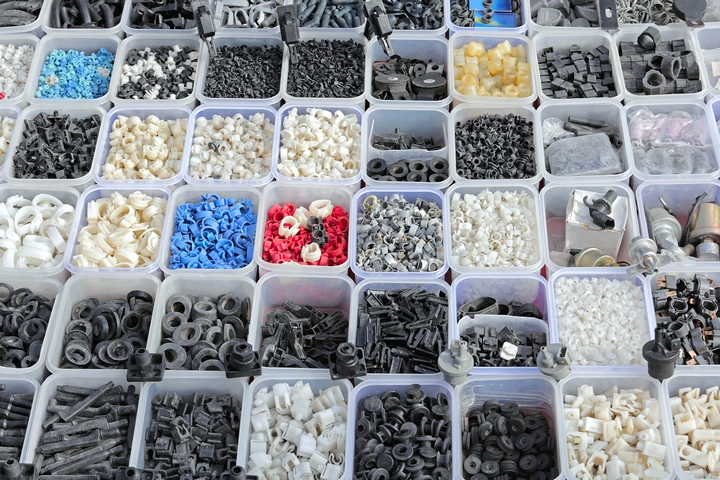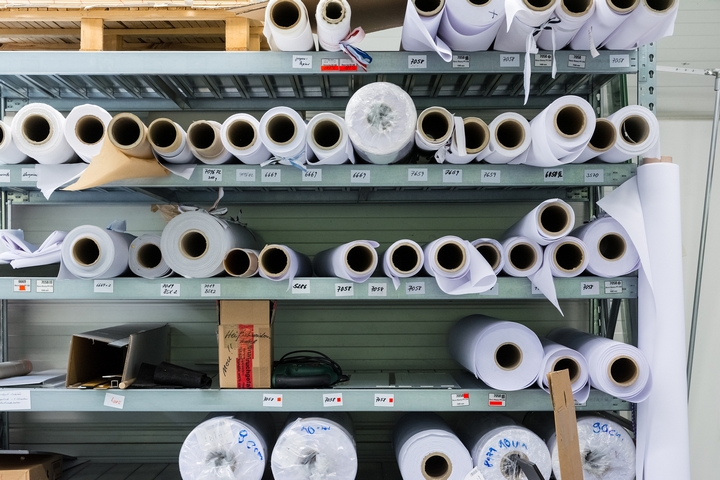Warehouses are designed to deal with lots of items; however vast amounts of storage is a double-edged sword that can lead to dysfunction and disorganization. Investing some time in establishing efficient storage solutions is an excellent way to promote efficiency and uniformity in the workplace. Check out these five tips to help you organize industrial items!
1. Start Your Organization Efforts Form A Clean State

Before doing anything new or implementing the flex storage solutions, you need to start with a clean slate. Starting from scratch is the most efficient way to visualize your work area and how much space you have to work with. In order to pick the best storage options for your business, you need to have a clear idea of the items you need to store.
Make sure you only plan to store items that are essential to your business. Starting from a clean slate is an excellent way to identify items that are just taking up space and causing clutter.
2. Prioritize Labeling

Labeling is the most neglected aspect of proper storage. No storage system is going to work if you don’t know what’s inside of your storage containers. Anytime you’re organizing a storeroom or warehouse, make sure you invest in quality, easy to read labels. Prioritizing labeling saves time and effort for people trying to locate items.
3. Consider Closed Locker Storage

Often, it’s convenient to leave items out for ease of access. If your employees have to retrieve items from storage every time they need something, they’re going to end up misusing a lot of time hunting for items. However, some items need to be kept under lock and key as a safety precaution. Chemicals and specialty tools are examples of items that need to be appropriately stored where only people qualified to use them can gain access.
Closed locker storage is excellent for large or small items depending on your needs. You can also purchase closed lockers with windows allow you to see the contents or lockers that block what’s inside.
4. Take Advantage Of Bin Storage

Despite their functionality, not a lot of businesses are taking advantage of bin storage. Bin storage is excellent for keeping loose items in the warehouse under control. Items such as office supplies, rolls of tape, wire, screws and other small tools can quickly add clutter to your workplace. Small items carry the risk of falling in walking paths or inside equipment which can cause safety risks. Bins are an excellent way to store these small knick-knack items.
When it comes to bin storage, you have a lot of different options. A lot of bins can be stacked on top of each other in a nested style that eliminates the needs for bin covers. You can also use hanging bins which are designed to work in combination with a hanging shelf. Hanging bins are designed so they can be removed for a task and easily replaced once the task is over.
5. Evaluate Your Shelving

Proper shelving makes all the difference. Using shelving that doesn’t fit your needs causes problems and allows disorganization to run rampant through your warehouse. Shelving, unfortunately, doesn’t come in one size fits all. You’ll need to spend time hunting for shelves that accommodate the type of products you need to store.
Pallet racks are the quintessential shelving option for warehouses. Pallet racks are excellent because they are designed to carry and organize heavy loads. Bulk storage racks may be a good option if you have many large and heavy items to store in your warehouse. Before investing in a certain type of shelf, make sure it suits your needs and promotes organization and function in your warehouse.

